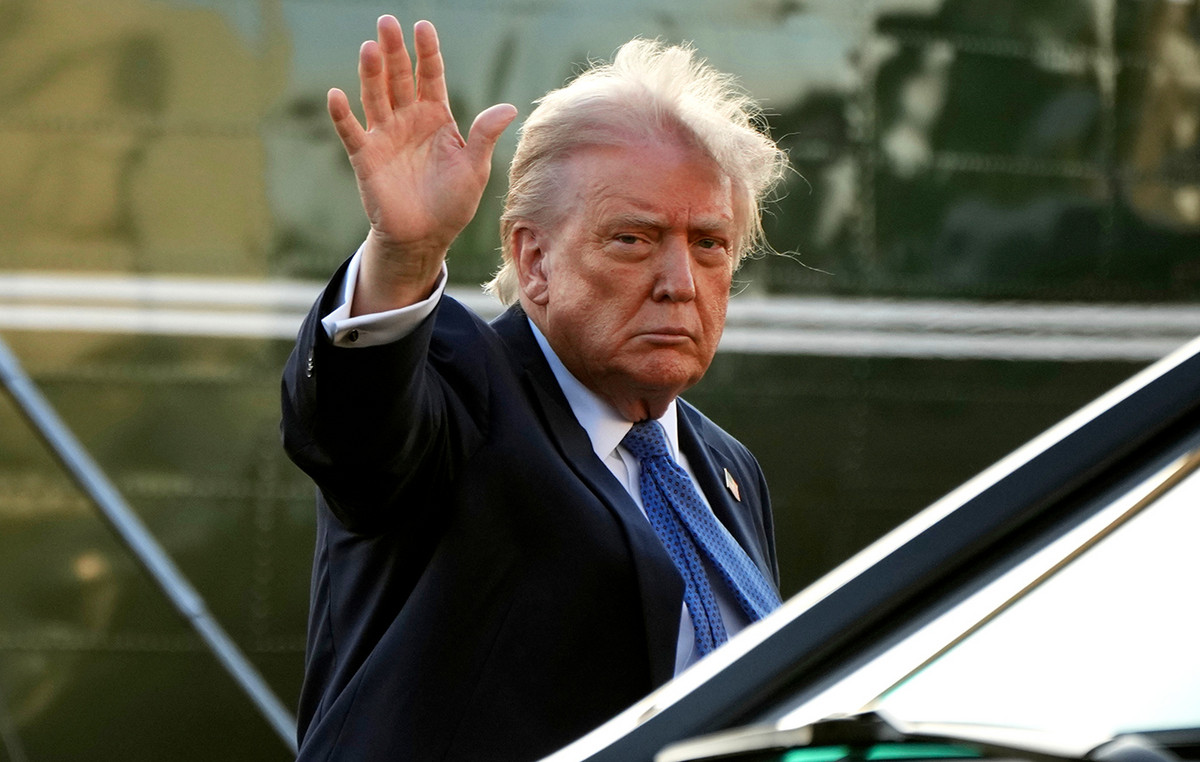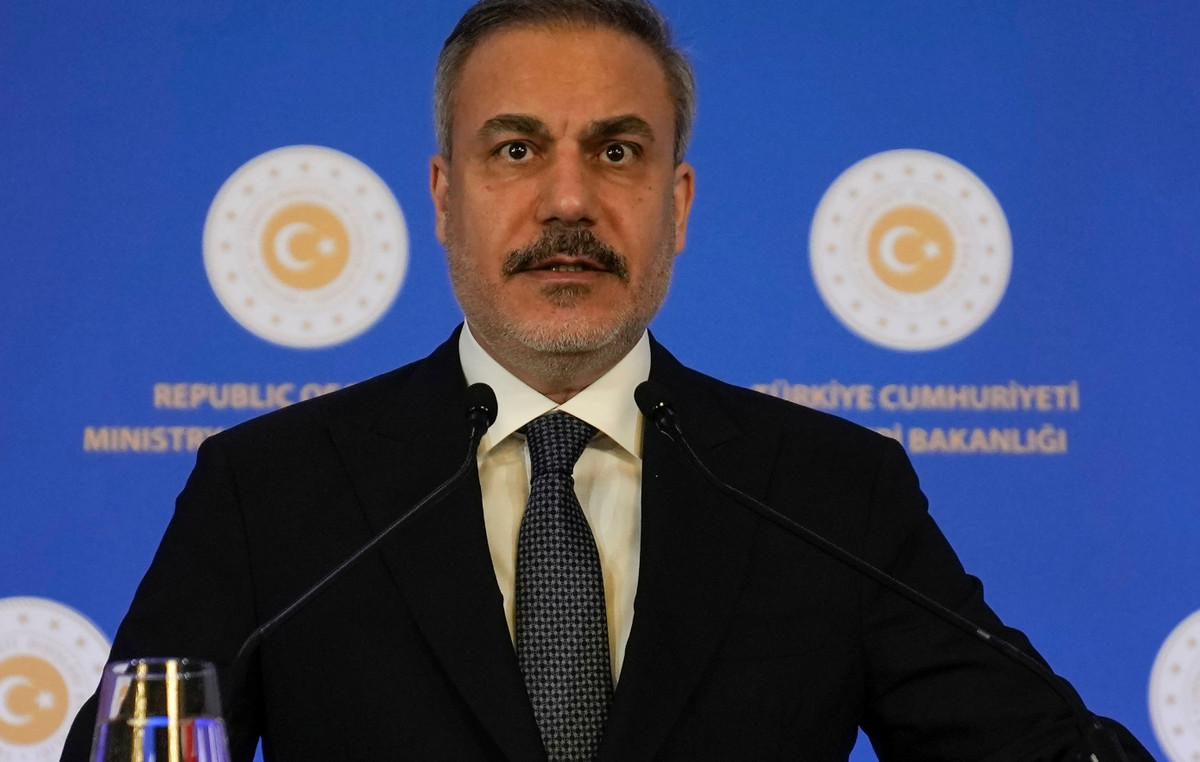In early February, the disclosure of a rare case of breast cancer in a seven-year-old girl in Chile drew attention to the health problem.
The most common tumors in childhood and adolescence are leukemias (which affect white blood cells), those that affect the central nervous system and lymphomas (lymphatic system).
According to the National Cancer Institute (Inca), children and adolescents also suffer from neuroblastoma (tumor of cells of the peripheral nervous system, often located in the abdomen), Wilms tumor (type of renal tumor), retinoblastoma (affects the retina, fundus of the eye), germ tumor (of the cells that originate the ovaries and testes), osteosarcoma (bone tumor) and sarcomas (soft tissue tumors).
As in developed countries, in Brazil, cancer already represents the leading cause of death (8% of the total) from disease among children and adolescents aged 1 to 19 years, according to Inca.
Rare case registered in Chile
The diagnosis of breast cancer in Maura, from Quillota, Chile, surprised the girl’s mother, Patrícia Muñoz. The case was reported on the Chilean program “24 Horas”.
“One day I was giving her a bath and, after drying and creaming, I noticed that she had a [caroço semelhante a um] ‘little bean’ under the nipple. Then the doctor told me that what Maura had was not normal, that if I waited too long it would grow, but he never told me that it could reach that point. That was in August and in September we found out that Maura had cancer. [de mama]”, Patricia told the program.
According to the report to the Chilean program, little Maura underwent surgery to remove the breast in order to prevent the spread of the disease to other parts of the body. After the operation, the family awaits the results of the tests that evaluated the possibility of metastasis.
Experts consulted by CNN claim that the breast cancer is extremely rare in children and adolescents .
“The appearance of breast cancer in childhood is very rare, something around 0.0001% of the total incidence of the disease in women, however it is important to point out that for children who were treated with radiation in the chest region for other diseases such as Hodgkin’s lymphoma in childhood, the risk of developing breast cancer can reach 1.5% in a time interval that can vary from 2 to 17 years after radiation, and in general, this period of time is longer to 10 years”, says mastologist Marcelo Bello, director of Inca’s Cancer Hospital III.
“Breast cancer is very rare in children. Even in adolescents, a time when there are major hormonal changes, the incidence is extremely low”, adds oncologist Andrea Shimada, from Hospital Sírio-Libanês. “There is no indication of follow-up and screening exams at this age. This particular case was something extremely rare. It is important to know the anatomy and the body and understand that any new and maintained alteration must be evaluated by a doctor and it will be up to him to define the best investigation method, ”she says.
Signs and symptoms of breast cancer
The most common symptom of breast cancer is the presence of a lump (called a nodule) in the breast, which may or may not be accompanied by pain. It is present in more than 90% of cases of the disease.
“At the age of 7, the breast is still childish, with the amount of breast tissue still very small, and the breast bud normally begins to develop from the age of 8. The most common signs would be nodules or thickening in the breast in the central region – behind the nipple or around it, which may or may not be painful”, says Bello.
According to Inca, not every lump is associated with breast cancer. Therefore, it is important to consult a health professional for analysis.
“The vast majority of these cases are benign tumors. However, when any change is noticed, medical evaluation and imaging tests such as ultrasound should be performed. In the face of a suspicious lesion, a biopsy must be performed to confirm or rule out the malignancy of the lesion”, says the mastologist.
Other main symptoms are:
- Reddened, retracted or orange-peel-looking breast skin;
- small lumps under the arm or on the neck;
- nipple changes;
- Spontaneous discharge of liquid from one of the nipples.
Changes suspected of breast cancer should always be investigated to clarify the diagnosis.
In younger women, any lump that persists for more than one menstrual cycle should be investigated by a professional. In the case of women over 50 years old, every lump in the breast should be investigated.
The Ministry of Health advises that screening mammography is recommended for women between 50 and 69 years of age, once every two years.
Risk
Previous radiotherapy treatment of the thoracic region increases the risk of breast cancer in childhood, as does a family history related to inherited genetic mutations (especially in the BRCA1 and 2 genes).
“Due to the rarity of breast cancer at 7 years of age, it is very difficult to establish more precise risk criteria. A search of the current literature demonstrates only
44 reported cases of breast cancer in children, the youngest being described in Canada in 1999 in a 6-year-old child. The case of the Chilean girl diagnosed at the age of 7 is perhaps the second youngest case of breast cancer in the medical literature,” says Bello.
Treatment
O treatment of breast cancer in adult women varies according to the progression of the disease (technically called staging), the biological characteristics of the tumor and the patient’s conditions, such as age, having gone through menopause or not, preexisting diseases and preferences.
“In general terms, the treatment is based on knowledge of the treatment of breast cancer in adult women. There is no specific staging system for breast cancer in childhood and we must therefore carry out the routine staging recommended for breast cancer in general”, says the mastologist from Inca.
According to Inca, breast cancer treatment modalities can be divided into: local treatment (surgery and radiotherapy) or systemic treatment: (chemotherapy, hormone therapy and biological therapy). The surgery performed can range from removal of the tumor with free surgical margins or even mastectomy, which consists of complete removal of the breast.
“Chemotherapy, radiotherapy and targeted therapies will also be indicated according to each case, similar to the treatment for adult women but with doses adjusted for children. In the specific case of the Chilean child, it seems to be a subtype called triple negative, more aggressive and more linked to hereditary genetic mutations”, says Bello.
“Classic tumors are carcinoma-like, among which there are those with or without hormone receptors, whose presence interferes with treatment. Localized tumors can be eradicated with mastectomy and radiotherapy. Due to its mutilating character, it is often chosen to offer drugs that make the tumor extirpable without losing the breast”, adds pediatric oncologist Paulo Taufi Maluf Júnior, from Hospital Sírio-Libanês.
The expert says that, due to the rarity of cases of breast cancer in children, there is no standardization on the treatment.
“Mutilation must be avoided, hence the introduction of medication should precede surgery, with or without anti-hormonal agents, depending on the nature of the tumor. However, given its rarity, there is not enough experience to standardize a uniform conduct”, he explains. “In short, breast carcinomas exist in children but there are few known cases. At this age, fibrodenomas, which are benign tumors, predominate. As for malignancies, lymphomas and sarcomas have a preferential effect, in view of the forms typical of older women”, he adds.
Source: CNN Brasil
I am an experienced journalist and writer with a career in the news industry. My focus is on covering Top News stories for World Stock Market, where I provide comprehensive analysis and commentary on markets around the world. I have expertise in writing both long-form articles and shorter pieces that deliver timely, relevant updates to readers.







